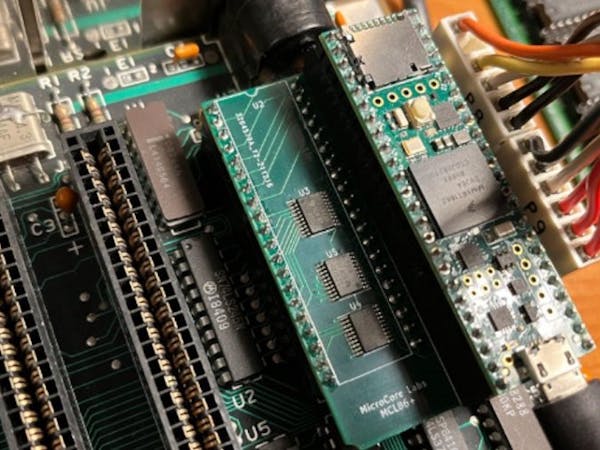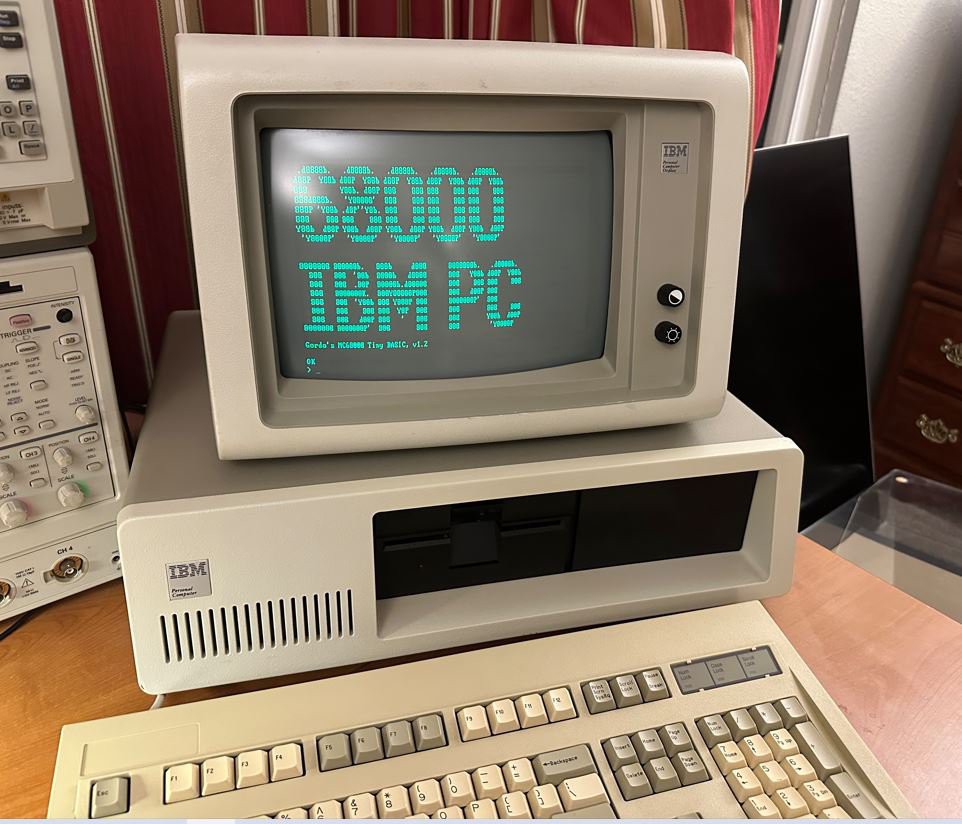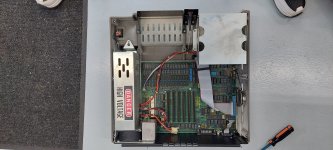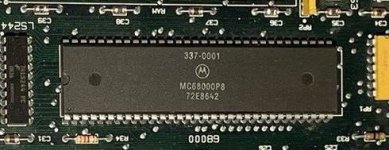MicroCoreLabs
Experienced Member
- Joined
- Feb 12, 2016
- Messages
- 292
Yeah... I think it was scraped from this Hackster.io article:


Ted Fried Rewrites History with a Motorola 68000-Powered IBM PC, Thanks to a Teensy 4.1 Mod
Building on an earlier project to replace an Intel 8088 with an emulated version, this novel hybrid blends two pieces of computing history.
www.hackster.io







